
Zurück zum Hub
Blog
10 Free Advertising Ideas for Small Businesses in 2025: Boost Your Business Without Spending Money
Veröffentlicht am 13. Juli 2025Aktualisiert am 30. Juli 2025
Do you run a small business on a tight budget? You're not alone. When you're running a small or medium-sized enterprise (SME), every dollar counts, and sometimes the budget just doesn't allow for big advertising campaigns.
But here's the good news: free advertising isn't a pipe dream—it's a reality that can transform your business without breaking the bank.
Think of free advertising as a secret weapon that's hidden in plain sight. While your competitors are spending their marketing budget on expensive ads, you can be the David that takes down Goliath with a slingshot full of creativity, strategy, and zero-cost tactics.
Why free advertising is more important than ever in 2025
Let's face it: the costs of traditional advertising have skyrocketed. Big brands with large marketing budgets are driving advertising costs through the roof.
Not to mention social media platforms changing their algorithms, making it even harder for small businesses to reach the audience they've built.
But that's where the magic happens. Free advertising strategies offer several game-changing benefits:
The power of free advertising
Greater reach: With innovative free advertising ideas, you can reach a wider audience, increasing your potential customer base. Ideas such as social media marketing and content marketing can help you reach a global audience.
Increased visibility: Consistent advertising and regular mentions of your brand make your business more visible to customers. This increased visibility improves your brand recognition and promotes customer loyalty.
Improved SEO: Free advertising options such as guest blogging or local directories can significantly improve your SEO, increasing your business's online presence.
Social media marketing: your gold mine for free advertising
Facebook: the timeless platform

Facebook is one of the first social media platforms. It has over 2 billion monthly active users, the majority of whom are between the ages of 25 and 34.
Creating a professional page and posting regularly can do wonders for your brand's visibility.
Pro tip: Use the same username and logo across all platforms so your customers know it's you. Add your business information, including your name, address or service area, and contact details to your portfolio so that this information appears in search engine results.
Instagram: visual storytelling at its best
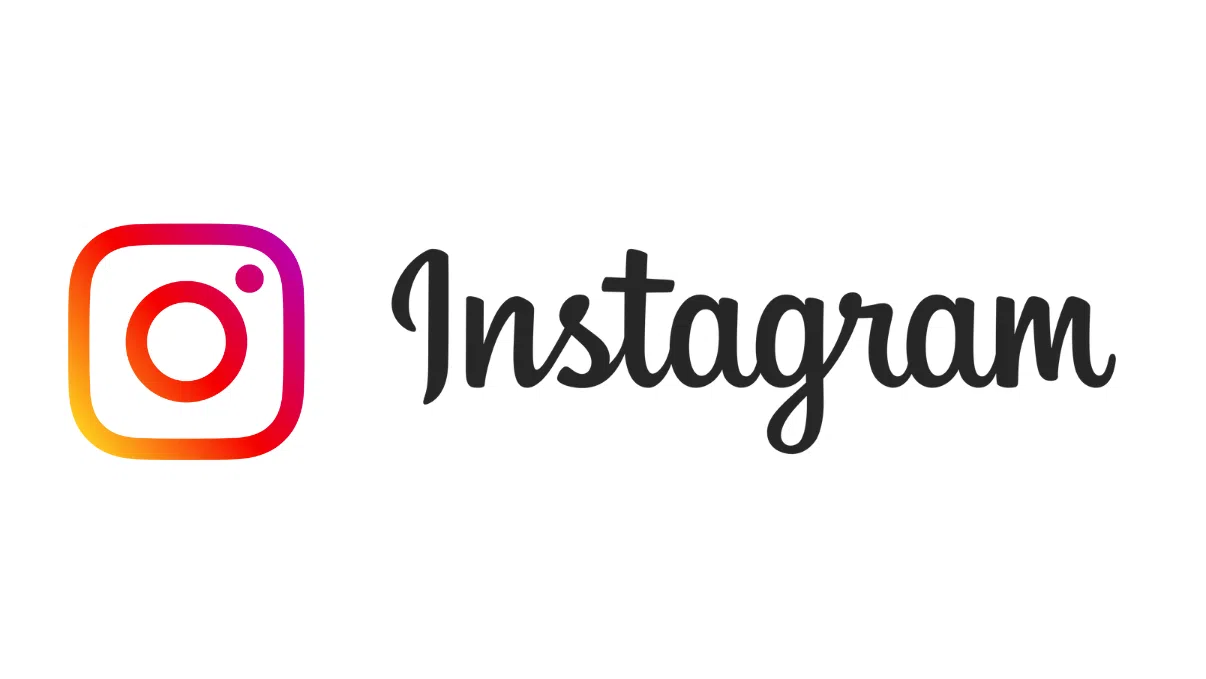
Instagram started as an image-focused platform and remains so today. Authenticity (a must-have word!) is key here, and in 2024, the platform thrives because of it.
For B2B companies, this may seem less relevant, but look at it another way. If you use a platform like Emelia.io for your awareness campaigns, you can share behind-the-scenes content about your lead generation process, your successes, or tips for effective cold emailing strategies.
TikTok: the miracle of free marketing

“If you're starting a business, don't have any money, and don't have institutional funding, be resourceful,” Charlotte Palermino, co-founder of Dieux Skin, told Shopify Masters. “It's amazing what you can do and build on your own. TikTok, for example, is like free marketing if you know how to use it.”
LinkedIn: a B2B marketing paradise
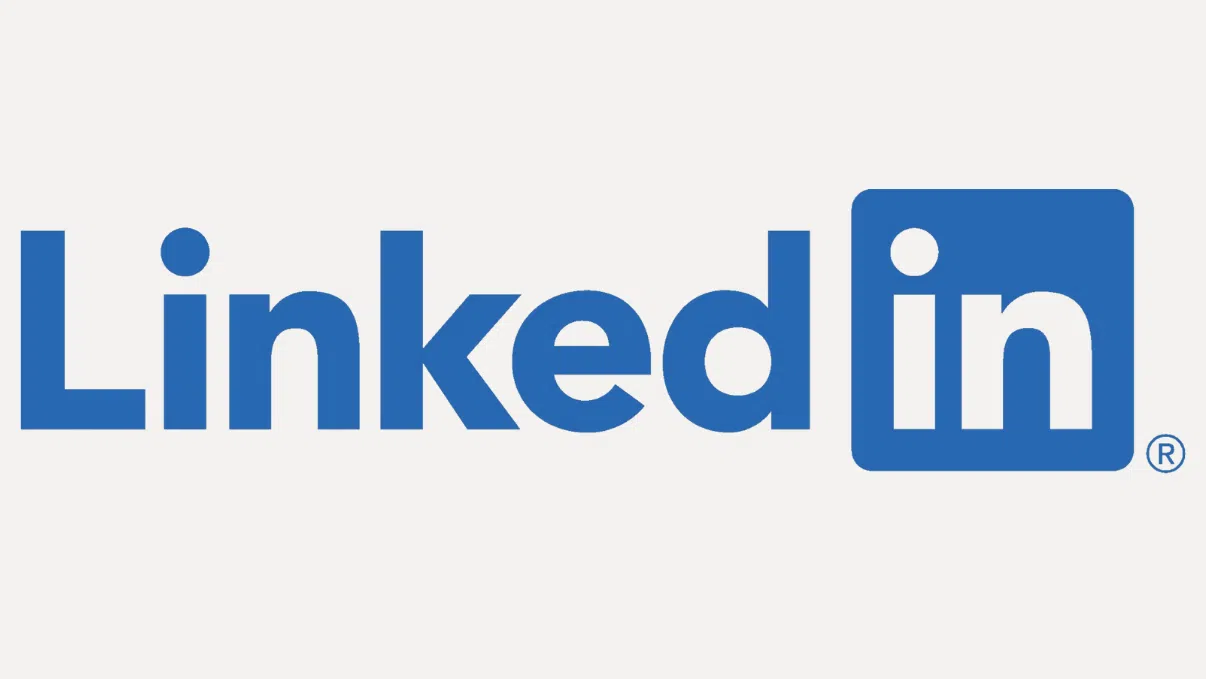
Platforms such as LinkedIn, YouTube, Instagram, Facebook, and TikTok offer tremendous opportunities. It's extremely important for small businesses to consider social media as an integral part of their overall marketing strategy when developing plans to achieve their goals.
For service businesses, especially those in the B2B sector, LinkedIn is a gold mine. Share your knowledge about your industry, interact with potential customers, and position yourself as a thought leader.
Content marketing: your authority-building machine
Blogging: the foundation of free advertising
Creating informative articles is an excellent way to establish your expertise and add value for your audience. It is also directly linked to your website's search engine optimization (SEO). Blogging is an essential (and free) advertising idea for growing your small business.
Effective content ideas:
Practical guides related to your industry
Case studies of successful projects
Behind-the-scenes content about your business
Industry trend analysis and predictions
Video content: the king of engagement
Around 78% of people prefer to discover a new product or service through short videos. Around 93% of marketers plan to spend as much or more on video marketing in 2025.
Don't worry about fancy equipment: easy to consume and hard to ignore, video content can be easily produced on your phone or webcam and edited using free tools such as iMovie. Everyone has a camera in their pocket, so use it.
Guest posts: leverage other people's audience
My favorite free advertising method? I'd say it's a tie between content marketing via guest posts and using Google My Business. Both methods have generated consistent results in terms of visibility and customer acquisition.
Local SEO and directories: the strategy for dominating the local market
Google My Business: your local headquarters
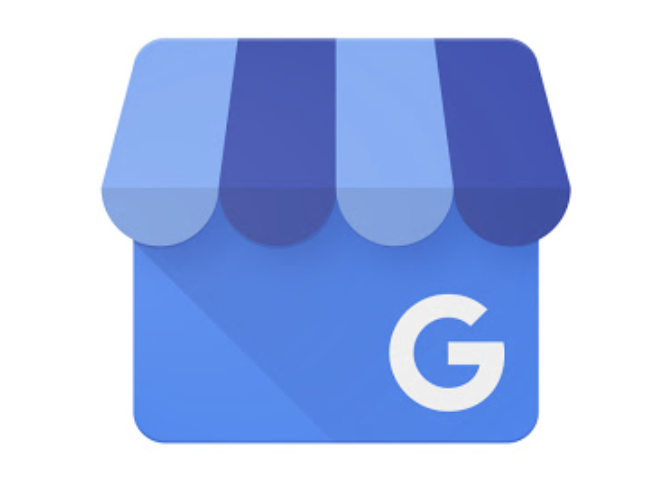
Google My Business is a free business profile that allows businesses, large and small, to manage their online presence on the search engine. You can create or claim your Google My Business page and start sharing your posts, updating your website, adding your address, or sharing special offers.
Directories: expand your network
Review sites such as Yelp and the Better Business Bureau offer free business profiles. After registering or claiming your business, you can list its location, hours of operation, and website, and post photos of your products and staff. Managing your account regularly, updating your business information, and responding to customer reviews, both positive and negative, will help you get the most out of this free marketing strategy.
Free directories to consider:
Yelp
Better Business Bureau
Yellow Pages
Foursquare
Nextdoor
Manta
Alignable
Email marketing: the champion of return on investment
Build your mailing list
Email marketing: even in 2024, email marketing remains a powerful tool for acquiring and retaining customers. Creating a mailing list and sending regular newsletters or promotional offers can significantly increase your sales.
Mailing list creation strategies:
Offer valuable free gifts (e-books, checklists, templates)
Create lead magnets relevant to your industry
Organize contests and giveaways
Use exit pop-ups on your website
If you work in B2B and use tools such as Emelia.io for your prospecting campaigns, you already understand the power of email. Apply these same principles to your newsletter: personalization, value-driven content, and clear calls to action.
Word-of-mouth marketing: a trust factor
Referral programs
Referral programs, gifts, and discounts are all ways to encourage visitors to return, build customer loyalty, and improve brand loyalty. A referral program is also a free way to expand your audience, for example by encouraging word-of-mouth recommendations or coupon sharing.
The power of reviews
Your Google Business profile has another advantage: it allows you to collect reviews, an essential part of a successful local marketing strategy, making it an impressive local advertising idea that your business should implement as soon as possible. Reviews can serve as free advertising for your business, as they rely on your satisfied customers promoting your business and sharing the top reasons why people should choose you over your competitors.
Networking and community engagement
Local networking events
Connect with other small business owners in your area by attending free networking events. Not only does networking strengthen your business's presence in your community, but it's also a great way to connect with like-minded people who are eager to support local businesses, which can lead to cross-promotional opportunities.
Professional forums and Q&A platforms
Professionals have valuable knowledge about their work that can be used to promote your business for free.
Answer questions relevant to your business or industry on platforms such as Quora and Reddit to establish your authority and drive traffic to your site.
Platforms to consider:
Quora
Reddit
Industry-specific forums
LinkedIn groups
Facebook groups
Creative guerrilla marketing tactics
Vehicle branding
If you run a business that involves a lot of driving, an almost free marketing idea for your small business is to put your branding on your vehicle. Having a vehicle with your logo helps build awareness of your business in your area, and after the initial investment, it's like free advertising.
Partnerships and collaborations
Here's a great marketing idea if you're working with a zero budget: collaborate with other small businesses whose target market overlaps with yours (provided they're not direct competitors). Let's say you have an online store selling handmade tableware. Partner with another small business owner who sells handmade vases and leverage your respective audiences by running a co-marketing campaign, for example:
Cross-promotions
Joint events
Shared content creation
Referral partnerships
Free advanced advertising strategies
Webinars and online events
If you don't think meeting your potential audience in person is a good marketing idea, you can always host a webinar. Webinars are a free way to promote your businessby providing useful information to interested potential customers.
Partner with influencers
Partnering with micro-influencers, i.e., people who have a small but highly engaged audience, can help you reach the right audience without spending a fortune. And the best part? Many of them are open to creative and inexpensive collaborations, especially with local businesses or brands they really like.
Email signature marketing
With all the emails you send every day, it would be a shame not to take advantage of the promotional potential of your email signature. Your email signature can also be an unexpected way to promote a sale, contest, event, or even a new blog post.
Free advertising ideas by industry
Service businesses
For consultants, coaches, and service providers:
Offer free consultations
Create useful resources and templates
Host educational webinars
Share case studies and success stories
If you work in B2B, think about how Emelia.io users could showcase their success stories: before/after, campaign results, and customer testimonials.
E-commerce companies
For online retailers:
User-generated content campaigns
Product demonstration videos
Customer testimonials and reviews
Social media contests
Local businesses
For restaurants, shops, and local services:
Community engagement Nextdoor
Participation in local events
Cross-promotions with neighboring businesses
Community sponsorship
Tools and resources for free advertising
Free design tools
Canva (for social media graphics)
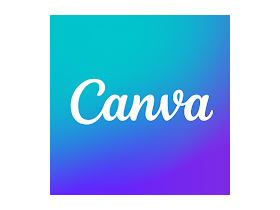
Canva is a user-friendly and accessible online tool that is ideal for creating graphics for social media such as Instagram posts, stories, or Facebook banners. With an intuitive drag-and-drop interface, it offers thousands of pre-designed templates, customizable graphics, and fonts, allowing novice and expert users alike to produce professional-looking visual content in minutes. Canva offers extensive free features, including access to a vast image library.
GIMP (for photo editing)

GIMP, short for GNU Image Manipulation Program, is a powerful open-source software dedicated to photo editingand image manipulation. Comparable to professional tools such as Photoshop, it allows you to edit photos with advanced tools such as layers, masks, custom brushes, and filters, while supporting a variety of file formats. Completely free and available on multiple platforms (Windows, macOS, Linux), GIMP offers all of its main features at no cost, making photo editing accessible to amateurs and professionals alike, regardless of budget.
Unsplash (for stock photos)

Unsplash is a renowned online platform for providing high-quality stock photos that are royalty-free and can be used for commercial or personal purposes. It brings together contributions from photographers around the world, covering a wide range of themes such as nature, urbanism, portraits, and abstractions, with easy search by keywords or categories. Unsplash offers all its basic features for free, including unlimited downloads of high-resolution images without registration, making a professional image bank accessible to anyone at no cost.
Free analytics tools
Google Analytics
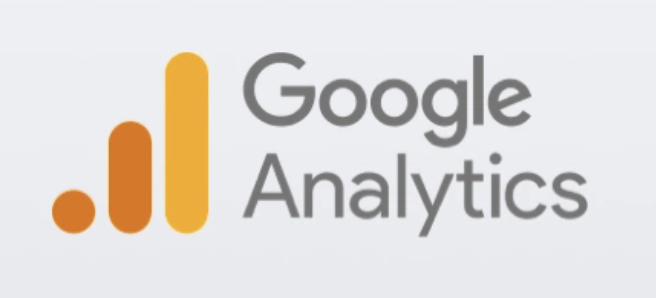
Google Analytics is a powerful web analytics tool developed by Google, designed to track and measure the performance of a website or application. It allows you to collect detailed data on traffic, user behavior, visit sources, conversions, and more, with customizable reports and integrations with other services such as Google Ads. Google Analytics offers comprehensive free features for most needs, including access to real-time reports, audience analysis, and segmentation tools, at no cost for small to medium-sized websites.
Google Search Console
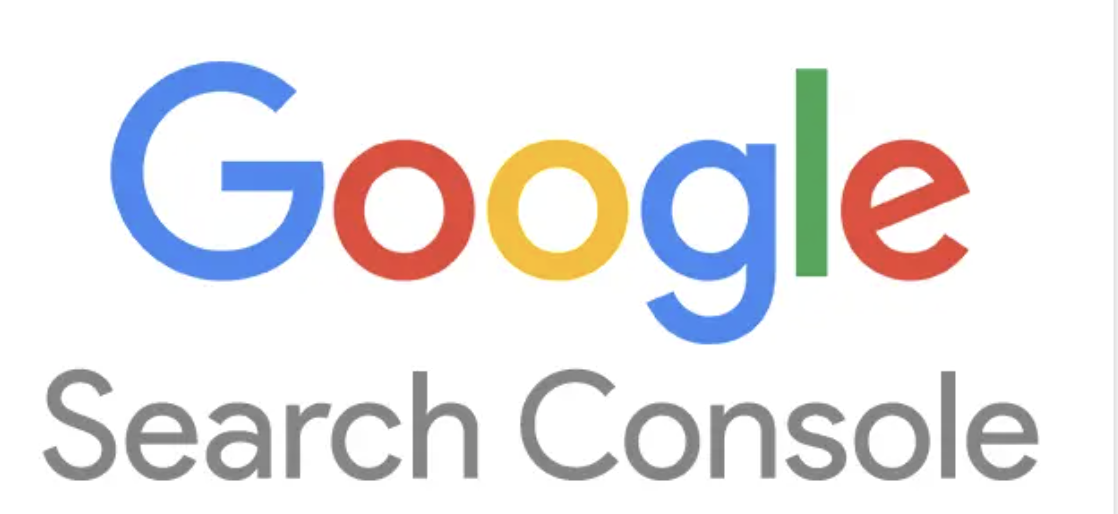
Google Search Console is a free platform offered by Google to help webmasters monitor, maintain, and optimize their site's presence in Google search results. It provides insights into search performance, indexing errors, inbound links, loading speed, and security issues, while allowing you to submit sitemaps and test mobile usability. All basic features of Google Search Console are free, making in-depth analysis accessible to all site owners at no cost
Facebook Insights
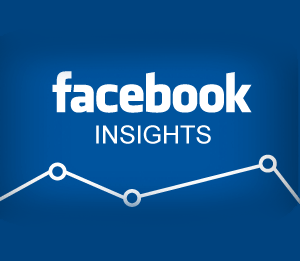
Facebook Insights is an analytics tool integrated into the Meta (formerly Facebook) platform, dedicated to evaluating the performance of Facebook pages and posts. It provides data on audience engagement, post reach, follower demographics, best times to post, and growth trends, helping page managers refine their content strategy. Facebook Insights makes all of its core features available for free to page administrators, enabling detailed analysis without the need for a paid subscription.
LinkedIn Analytics

LinkedIn Analytics is a feature integrated into LinkedIn, the professional networking platform, that allows you to analyze the performance of profiles, company pages, and posts. It provides metrics on views, engagements, followers, visitors, and industry trends, helping users optimize their presence for networking and B2B marketing. LinkedIn Analytics offers extensive free features for standard accounts and company pages, including detailed reports accessible at no additional cost.
Free social media management
Buffer (free plan)

Buffer is a user-friendly social media management tool designed to plan, publish, and analyze content across multiple platforms such as Twitter, Facebook, Instagram, LinkedIn, and more. It offers a queue for organizing posts, a visual calendar, notification reminders, integrations with services such as Canva, Unsplash, and Dropbox, and an AI-powered idea generator. Buffer offers a free plan that allows you to connect up to 3 channels, schedule 10 posts per channel (with refills after publication), access basic analytics for 30 days, and essential features such as unlimited drafts, at no cost for limited individual needs
Hootsuite

Hootsuite is a robust social media management platform, ideal for scheduling posts, monitoring interactions in real time, managing teams, and generating detailed analytics reports on channels such as Facebook, Twitter, Instagram, and LinkedIn. It includes tools for collaboration, comment moderation, and integration with advertising. Although Hootsuite does not have a permanent free plan, it offers a 30-day free trial that gives access to most of its features at no initial cost, allowing users to fully test the tool before committing.
Later (free plan)
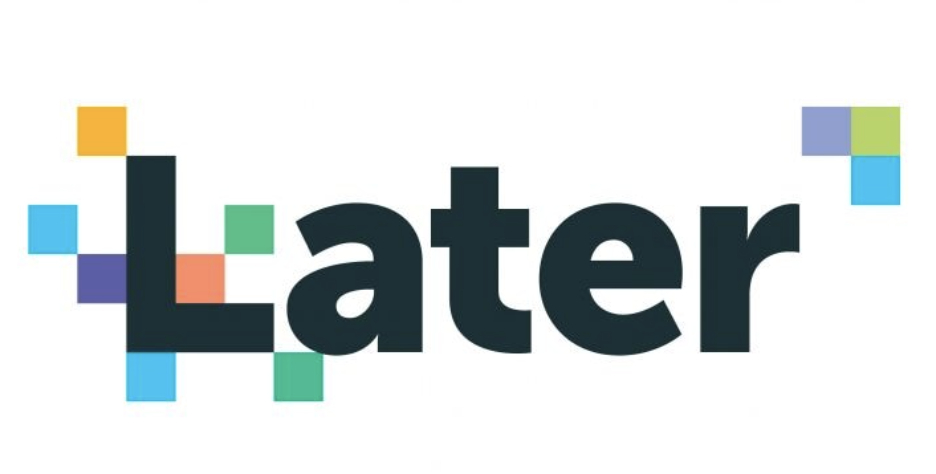
Later is a visual planning tool for social media, particularly suited to Instagram, TikTok, Pinterest, and others, with a drag-and-drop calendar for previewing feeds and organizing multimedia content. It offers analytics on the best times to post, hashtag suggestions, and integrations for importing media. Later does not offer a permanent free plan but does provide a 14-day free trial, during which basic features such as scheduling and visualization are available at no cost, helping users evaluate the tool effectively.later.com
Common mistakes to avoid 🙅
1. Lack of consistency
Post a variety of content, such as product demonstrations, memes, polls, etc., to determine what resonates most with your audience. Post regularly, whether daily, weekly, or monthly, to show social media algorithms that your account is active, which will help your posts appear in social media search results.
2. Neglecting mobile optimization
Make your site mobile-friendly: more people browse on their phones than on their computers. A mobile-optimized website improves the user experience and helps you rank higher in search results.
3. Ignoring analytics
You can't determine the success of your social media marketing strategies without tracking data. Google Analytics is an excellent social media marketing tool that will help you measure your most effective marketing techniques and determine which strategies to abandon.
Create your free advertising action plan
Step 1: Audit your current presence
Review your social media profiles
Check your Google My Business listing
Evaluate your current content strategy
Step 2: Set clear goals
Like any other task, social media marketing requires strategic planning and execution. The first step is to set clear and realistic goals. Goals should be measurable so you can track performance.
Step 3: Choose your platforms wisely
Not all social media platforms are created equal. To develop an effective strategy, focus on the channels that best suit your brand. Twitter is ideal for participating in trending topics, while LinkedIn is perfect for sharing your knowledge and expertise.
Step 4: Create a content calendar
Here's the truth: you can have the best social media marketing strategy, but it won't work without a good plan. A social media content calendar can help you stay organized and avoid last-minute rushes.
Step 5: Measure and optimize
Track your results, analyze what's working, and double down on effective strategies while adjusting or abandoning those that aren't delivering results.
The long-term benefits of free advertising🤑
Build authentic relationships
What started as a platform to spend time with friends online has become a way for brands to interact with their followers and customers. This unique feature of social media humanizes brands by giving them a unique voice, creating meaningful connections with their audience, and ultimately building trust.
Create sustainable growth
What started out as a necessity due to budget constraints has become a central part of my marketing strategy. I've found that combining these free methods with strategic paid advertising yields the best results.
Develop your marketing skills
Free advertising forces you to be creative, strategic, and resourceful—skills that will serve you well even when you have a marketing budget.
Conclusion: Your free advertising adventure starts now🚀
Effective advertising is more about creativity and persistence than budget. With the right approach, even a small business can make a big impact.
Remember, free advertising isn't about cutting corners, it's about using your resources in smart, strategic, and creative ways. By using free tools and resources, you can effectively promote your business, reach a wider audience, and ensure your growth. Consistency, creativity, and commitment are key to getting the most out of these free advertising opportunities.
The digital landscape is constantly changing, and new opportunities for free advertising arise regularly. Stay curious, test different strategies, and remember that the best advertising campaign is one that brings real value to your audience.
Whether you're running cold email campaigns via Emelia.io, managing a local restaurant, or selling handmade crafts online, these free advertising strategies can help you grow a thriving business without breaking the bank. The key is to start where you are, use what you have, and do what you can, consistently and authentically.
Your competitors may have bigger budgets, but you have something more valuable: the ability to connect with your audience authentically, one free ad at a time.
Frequently asked questions
Q: How long does it take to see results from free advertising?
A: Results vary depending on the strategy, but most businesses start to see engagement within 2-4 weeks of consistent effort. It typically takes 3-6 months of sustained activity to gain significant awareness and win customers.
Q: Should I focus on all free advertising channels or just a few?
A: It's better to master 2-3 channels thoroughly than to spread yourself thin across several. Choose the platforms where your target audience is most active and where you can consistently create quality content.
Q: Can free advertising really compete with paid advertising?
A: While paid advertising can deliver faster results, free advertising often allows you to build more authentic relationships and gain the trust of your audience. The best approach is to strategically combine both strategies.
Q: How much time should I spend on free advertising each week?
A: Start with 5 to 10 hours per week if you're doing it yourself. As you put systems in place and see results, you can adjust your strategy based on what works best for your business.
Q: What is the biggest mistake businesses make with free advertising?
A: Lack of consistency is the biggest enemy of successful free advertising. Many businesses start out strong but fail to maintain a regular posting frequency and engagement, which diminishes their effectiveness over time.
Q: How can I measure the success of my free advertising efforts?
A: Track metrics such as website traffic, social media engagement, email list growth, customer inquiries, and ultimately, conversions to sales. Use free tools such as Google Analytics and social media analytics to track your progress.

Klare, transparente Preise ohne versteckte Kosten.
Keine Verpflichtung, Preise, die Ihnen helfen, Ihre Akquise zu steigern.
Credits
Können verwendet werden für:
E-Mails finden
KI-Aktion
Nummern finden
E-Mails verifizieren
€19pro Monat
1,000
5,000
10,000
50,000
100,000
1,000 Gefundene E-Mails
1,000 KI-Aktionen
20 Nummern
4,000 Verifizierungen
€19pro Monat
Entdecken Sie andere Artikel, die Sie interessieren könnten!
Alle Artikel ansehenBlog
Veröffentlicht am 5. Apr. 2025
FullEnrich: Bewertungen, Preise und Alternativen, um böse Überraschungen zu vermeiden
 Mathieu Co-founder
Mathieu Co-founderWeiterlesen
Software
Veröffentlicht am 31. März 2025
9 Alternativen zu UpLead, um Ihre Kundenakquise WIRKLICH anzukurbeln
 Niels Co-founder
Niels Co-founderWeiterlesen
Software
Veröffentlicht am 11. Juli 2024
8 Alternativen zu Expandi, um Ihre Akquisitionskosten zu senken
 Marie Head Of Sales
Marie Head Of SalesWeiterlesen
Software
Veröffentlicht am 22. Apr. 2024
Die 5 besten Alternativen zu Dropcontact für eine bessere B2B-Kundenakquise
 Marie Head Of Sales
Marie Head Of SalesWeiterlesen
Software
Veröffentlicht am 14. Juli 2024
6 Alternativen zu Skylead, um Kosten zu sparen und Ihre Lead-Generierung zu verbessern
 Marie Head Of Sales
Marie Head Of SalesWeiterlesen
Software
Veröffentlicht am 4. Juni 2024
Die 6 besten Alternativen zu GetProspect, um Ihre Kundenakquise anzukurbeln
 Marie Head Of Sales
Marie Head Of SalesWeiterlesen
Made with ❤ for Growth Marketers by Growth Marketers
Copyright © 2025 Emelia All Rights Reserved
